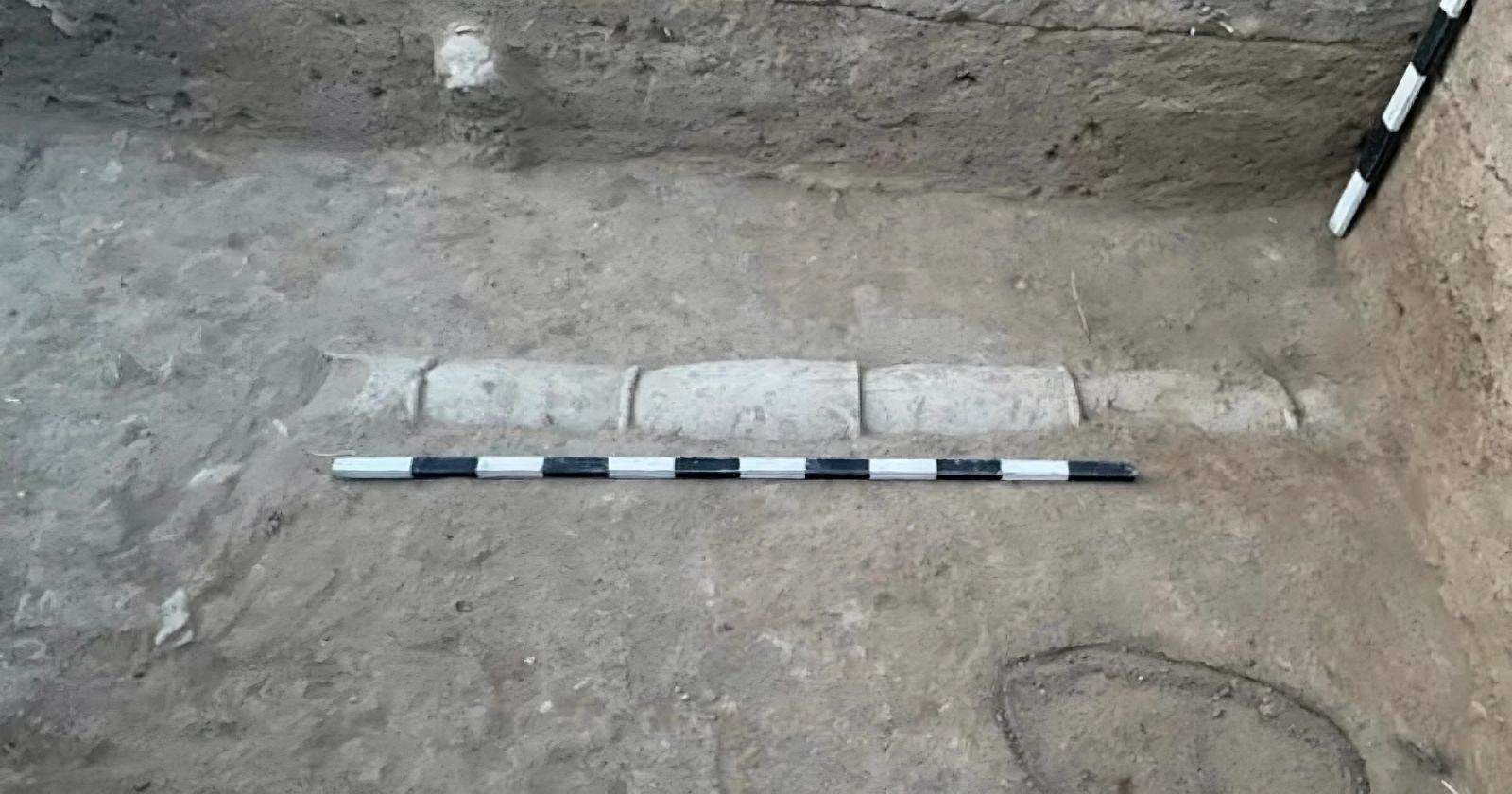Discovery of a sophisticated 2600-year-old hydraulic system in India
Published by Cédric,
Article Author: Cédric DEPOND
Source: The Hindustan Times
Other Languages: FR, DE, ES, PT
Article Author: Cédric DEPOND
Source: The Hindustan Times
Other Languages: FR, DE, ES, PT
Follow us on Google News (click on ☆)
This site, located approximately seven and a half miles (about twelve kilometers) from Madurai, offers valuable insights into the advanced water management practices of the time. This discovery sheds light on an ancient civilization that had already mastered sophisticated techniques for water supply.

Keeladi is a major archaeological site that has been explored since 2014. Previous discoveries had already revealed the existence of open channels, closed drains, and small reservoirs. However, the most remarkable find of this tenth excavation phase is a cylindrical terracotta pipeline. This structure, consisting of six carefully joined cylinders, measures approximately 5 feet 9 inches (about 1.74 meters) in length. According to experts from the Tamil Nadu State Department of Archaeology, this pipeline may have been used to transport protected water from the Vaigai River.
Analysis of artifacts discovered at the Keeladi site shows that a thriving industrial society existed there as early as the 7th century BCE. These elements push back the boundaries of the Sangam era and suggest that Tamil writing may have emerged much earlier than previously thought. Evidence also indicates that the Tamils mastered iron technology as early as 2172 BCE, more than 4,200 years ago.
This discovery is part of a broader effort to rewrite India's history from the Tamil landscape. The recent excavation campaign, the tenth of its kind, is part of an ambitious program launched by Tamil Nadu to explore existing sites and discover new ones. Among the notable discoveries of recent years are more than 2,030 graffiti, some of which bear inscriptions in Tamil-Brahmi, an ancient script that emerged around the 7th century BCE.
The results of this research are particularly important for understanding the Sangam culture, a period still relatively unknown in Indian history. The evidence accumulated at Keeladi could redefine our understanding of this period, highlighting the region's importance in the cultural and technological development of ancient India.